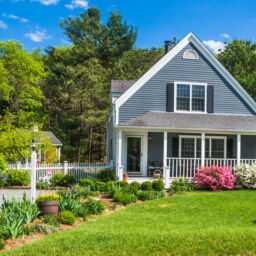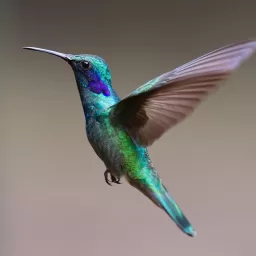The Living Art of Bonsai
The majority of the dwarfed potted trees which are called bonsai are developed from ordinary nursery stock or from somewhat dwarfed trees found in a natural habitat. This is where the art of bonsai lies.
Let us consider the second group, the trees brought from natural habitats. From mountains and ragged woods, a tremendous amount of material is dug and brought to the training beds of dwarfed potted trees specialists each year. There it remains for several years to be established, trained and finally “made-up.”
In the ease of naturally occurring, partially dwarfed trees, there is need only for a few wires and a little training. Trees that have lost the greater part of their roots are a more serious problem. Some of them die because of their inadequate root system, particularly if the first summer is hot and dry. To illustrate, I will now describe the collection of Japanese Black Pine.
On the mountain of Shodoshima or Shodo Island which is located in the Seto Inland Sea National Park a countless number of Japanese Black Pine for dwarfed potted trees have been dug by professional collectors. Many renowned and valuable dwarfed Black Pines were produced from the material collected here.
I am writing this at my home which is situated at the foot of the Shodoshima Mountain. On the islet opposite my house a Black Pine was collected many years ago, which became the most precious and dearest of all dwarfed potted Black Pines. There are still some stories or legends circulated concerning it.
Seeing the spot through Bald Cypress (Taxodium distichum) and Cypress-Pine (Callitris glauca) in the Acclimatization Gardens as I am writing, I vividly recall the days when collectors came to the island in autumn and spring. The surface rock is granite. Higher up on the mountain the rocks weather into coarse whitish sand and the layer of soil is very thin; at lower levels there is a greater depth of soil and always some moisture. The district is one of the lowest in rainfall in Japan. The summer is very hot and almost bone dry.
On the upper parts of both sides of the ridge, Black Pine dominates; next comes Red Pine (Pinte densiflora) and in far lesser numbers the Needle Juniper, Rhododendron reticulatum, Rhododendron kaemferi, Bush Clover (Lespedeza bicolor) and Balloon-flower (Platycodon grandijlo-rum). The pines are very dwarfed in size but in most cases they are older than the larger ones seen at the lower levels on the mountain. Three feet is generally regarded as the maximum height of dwarfed potted trees. To keep within the golden rule of the art of bonsai, the larger trees are often sharply pruned.
For example, on discovering a very dwarfed pine five or more feet in height with a trunk five or more inches in diameter, if the lower branches are three feet from the ground and picturesque in form (or promise to be so if trained), the upper portion of the main trunk is sawed off. It is important that when healed the cut surface should be inconspicuous. Undesirable branches are cut off. Then the digging begins.
The trench is dug out carefully, cutting off all the roots outside a radius of a foot all the way around the tree, and to a depth of a foot or often less. Only the tap root remains uncut. First the straw rope is coiled cautiously and rather firmly thrice or more horizontally around the ball and then all around the surface of the ball, so the very porous, coarse, sandy soil ball is firmly held about the roots; the tap root is finally sawed through, and the tree is removed.
You may wonder at the proportionately small size of the ball, but usually seventy per cent or more of the trees collected survive and become well settled as dwarfed potted trees; occasionally in very dry, hot summers, fifty per cent or so succumb. For such collected stock the art of bonsai requires training by wire after a year or two, when the plants are well established.
tomato plant
#Living #Art #Bonsai
Will be pleased to have you visit my pages on social networking .
Facebook page here.
Twitter account is here.
Linkedin account here
Post byBedewy for info askme VISIT GAHZLY



